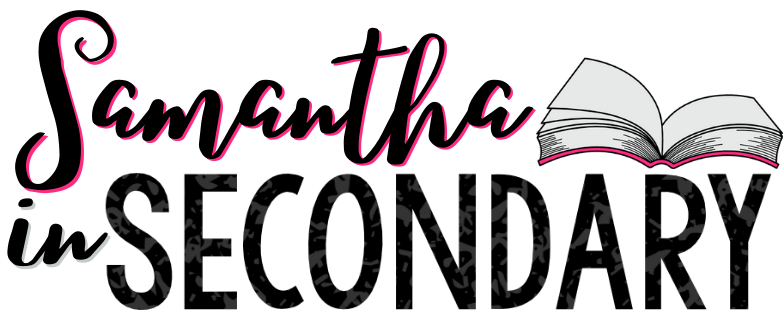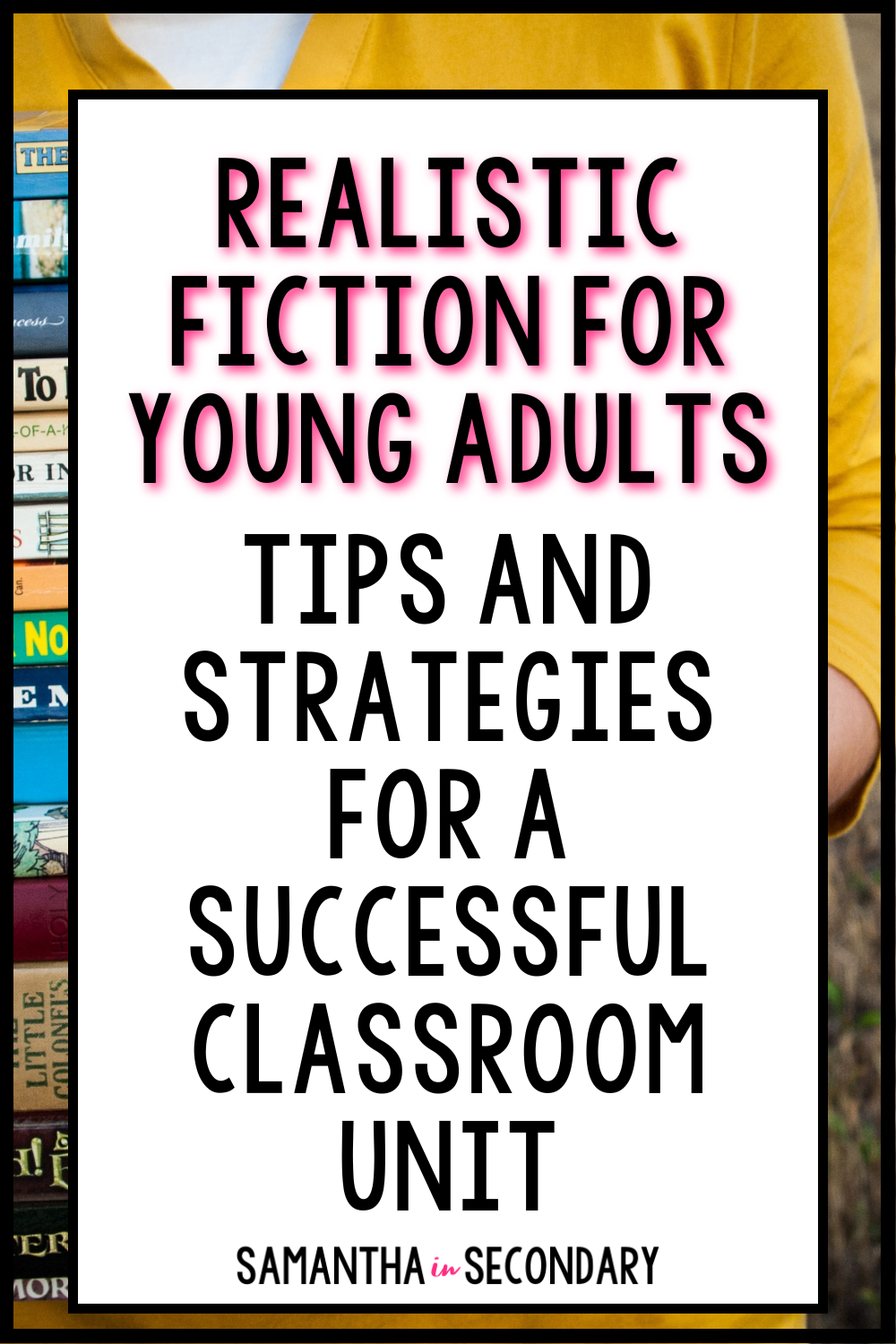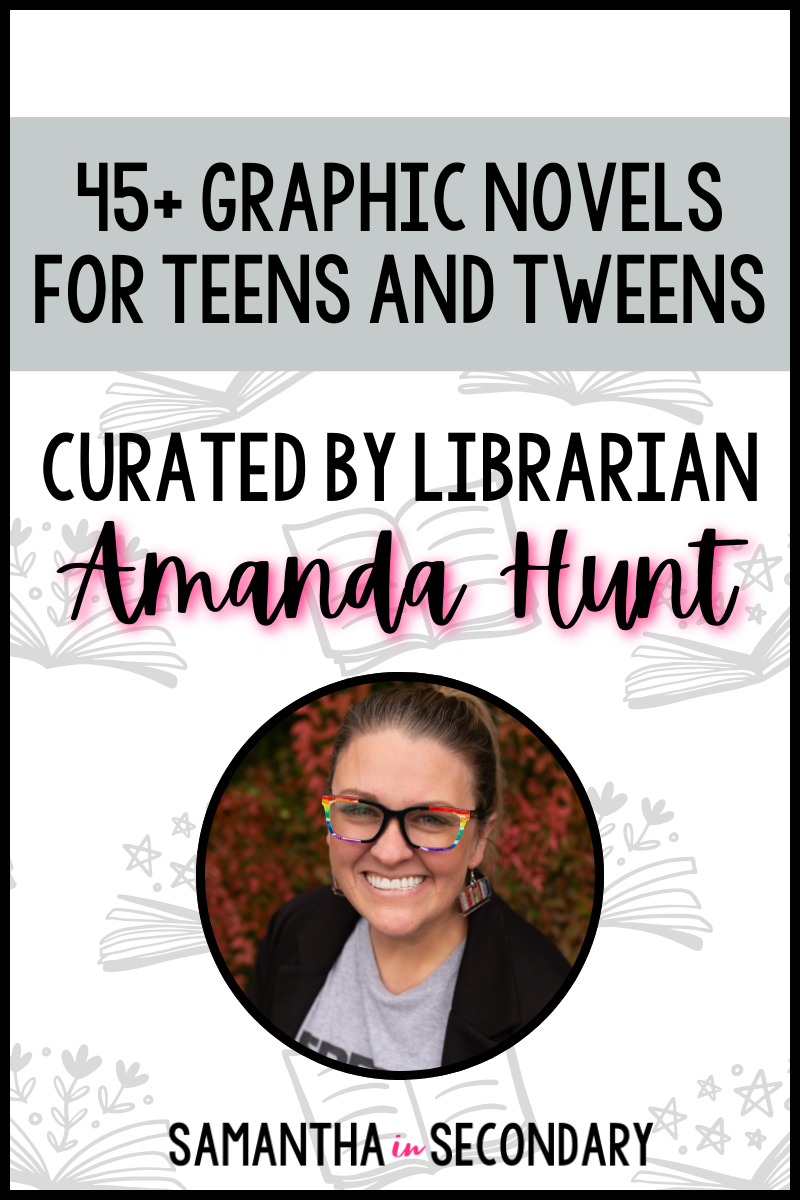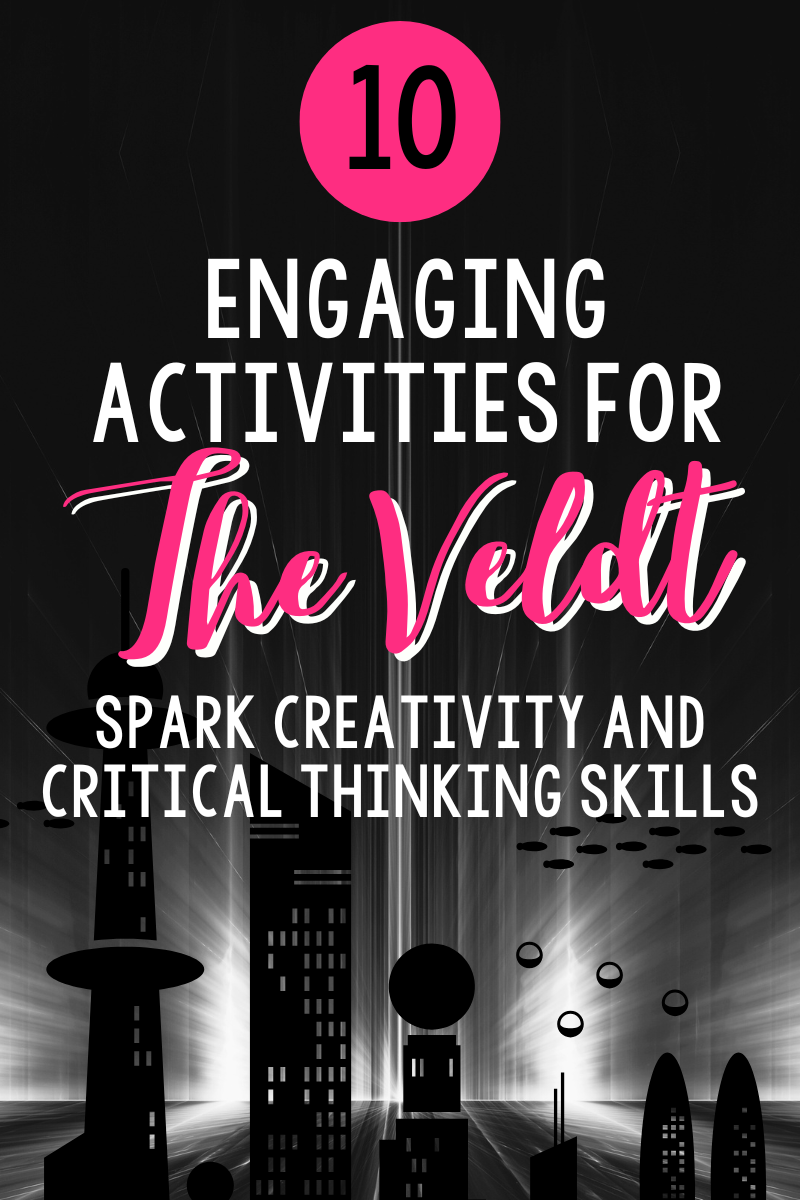If you’re teaching English Language Arts you need to consider combining articles of the week and close reading into your classroom routine. Articles of the week help you bulk up prior knowledge and also give you an outlet to add a deeper understanding of a variety of topics. Close reading is incredibly effective at teaching students to engage with text. By combining the two, you expose students to a variety of topics and the process of engaging meaningfully with text. Read on to get some ideas and resources to ramp up your articles of the week.
What is an Article of the Week?

An article of the week involves introducing students to high-engagement articles and excerpts that they interact with. This might be something you present at the start of the week or an endcap on the last day. You might have students work in small groups or individually.
However you choose to make it fit, you’re dedicating a small portion of each week to incorporating high-interest text into your lessons. Doing so allows students to continually work on their reading skills. It requires students to work on their writing and higher-order thinking as they interact with text. Students also bank information to use as prior knowledge in the future.
One reason I really like using the article of the week activity is that it provides a consistent time for me to engage with my students. It’s perfect as a warm-up activity that students can complete as class starts. It can also
be a closing activity to bring us all back together after independent work during the main lesson. I can often find articles that relate to our current studies or I can simply focus on high-interest topics.
I believe it is important to focus on interest when it comes to selecting articles of the week. I want my students to look forward to the article of the week, rather than come to view the time as boring and just something to get through for class. You can take a quick survey at the beginning of the year for topics of interest, or have students rate articles each week to gauge their interest. Remember that articles ought to be “quick” to read, so look for shorter articles, speeches, or interesting excerpts.
What is Close Reading?

Close reading is a form of analyzing text. Students should expect to read the text multiple times and interact with their reading through annotations. Often the biggest struggle in facilitating a close read activity is the multiple read-throughs. I believe having a predictable routine is the best way to overcome this struggle. I have a post outlining how I teach close reading here, and all the close reading activities in my shop follow this process.
To put it simply, we have a cold read first. This step is meant for students to just get the main idea of the text. Sometimes I allow students to interact with the text in simple ways, especially if my students struggle with comprehension. Next, we annotate, and I have a list of expectations as we dig into the text. Lastly, we engage. I really try to make this meaningful. Students can answer relevant comprehension questions, participate in discussions, or complete any activity that demonstrates an understanding of the text. I like to mix it up and get creative with these assignments to help increase engagement.
Why should I combine these?
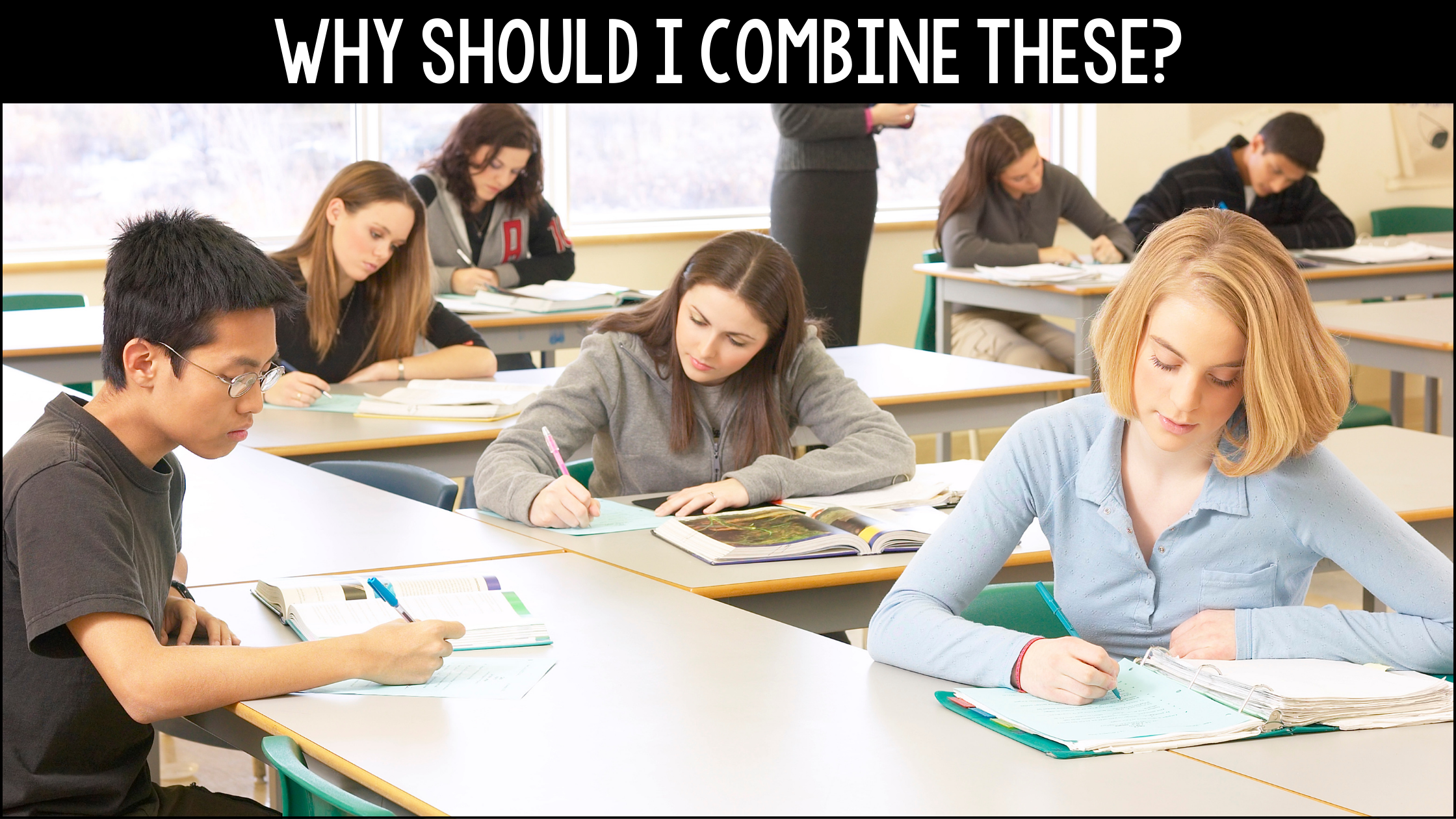
The article of the week and close reading skills are both important. In weekly articles, students are exposed to a plethora of subjects. It’s an opportunity to add topics to your lessons that you might not feel you can fit in otherwise. You can build class culture and community. You can broaden the worldview of your students. You can utilize current events or you can give an extra “umph” to themes found in the novels your students are reading.
In close reading, students are routinely asked to work on their higher-order thinking skills. It can be a tough activity for some students, especially if they feel like they struggle with comprehension. However, by combining the activity of close reading with a weekly article, your students will have consistent exposure to the process. And, although students may not always “close read” with annotations as they do in class, I like to think that weekly exposure to articles and close reading will help students to analyze and think about what they read in the future beyond my class.
Where can I find articles?
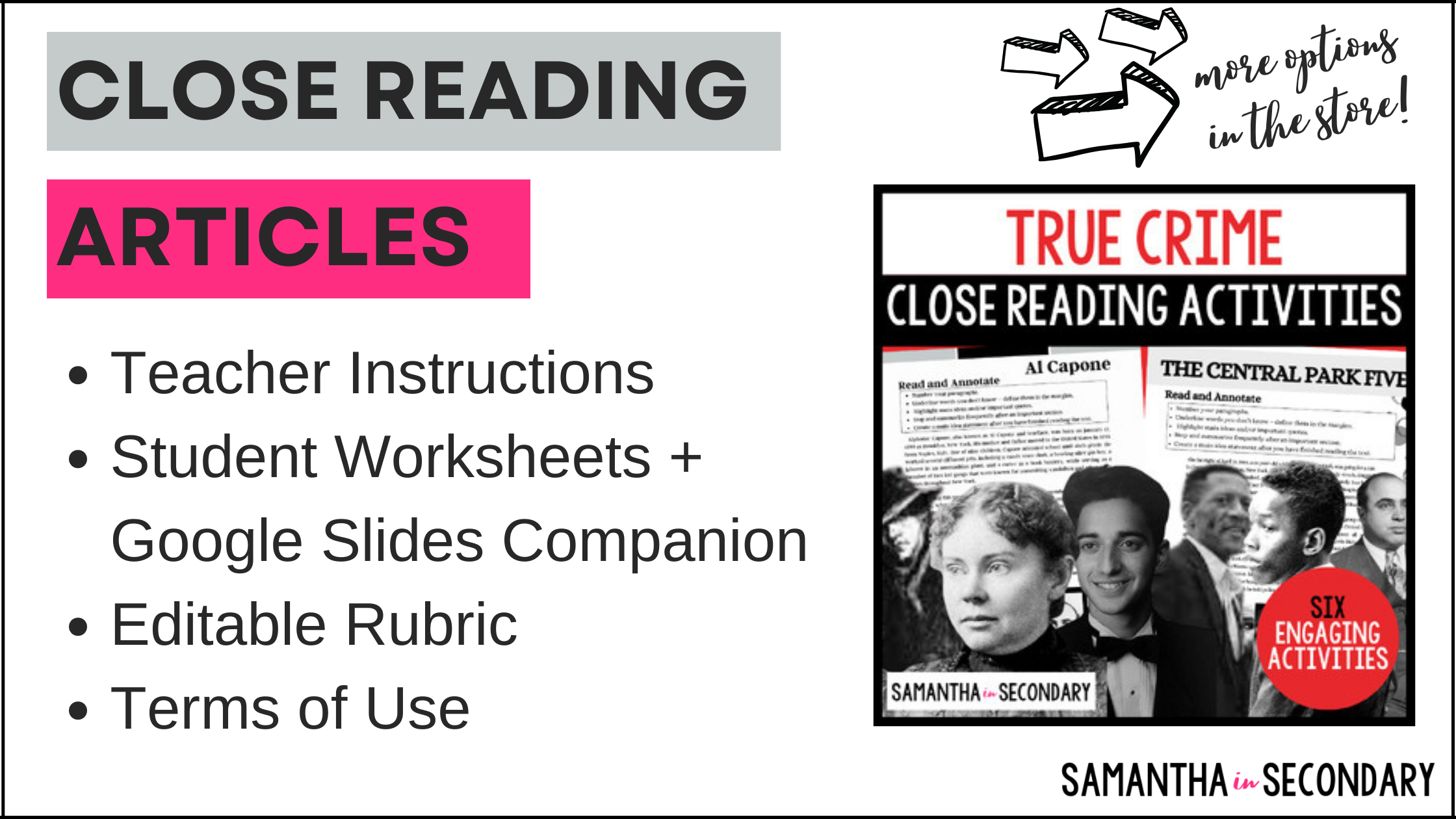
As I stated earlier, it’s good to focus on high-interest articles. Choosing the right text to closely read is as important as the process itself. You not only need to think about length, but you also need to consider if there is enough material worth discussing.
Oftentimes you can find articles online for any topic you’re searching for. Make sure you review not only the material but the sources, and take into consideration the reading abilities of your students. You should also take time to format and print in a way that makes annotations easy (in other words, print with large margins and space to underline and mark up the text).
You can also put some of the work back on the students. Teach students how to find relevant information on a topic from a novel and present an article on the subject. Students can close read articles within a small group or turn in their own articles. You can also use the opportunity to study current events by allowing students to select from news sources what they would like to close read. This also encourages students to stay up-to-date with current events and possibly have deeper discussions when selecting what matters to them.
If you aren’t sure your students will select meaningful articles on their own, I have a variety of articles that follow a simple process for close reading. You can find them all in my store here. All of my articles are ready to print and follow the same steps and format for completion.
What close reading strategies have worked best for your classroom? Do you struggle with finding materials? Perhaps with student engagement? Join the conversation on Facebook or Instagram and let’s discuss!
Happy teaching!




